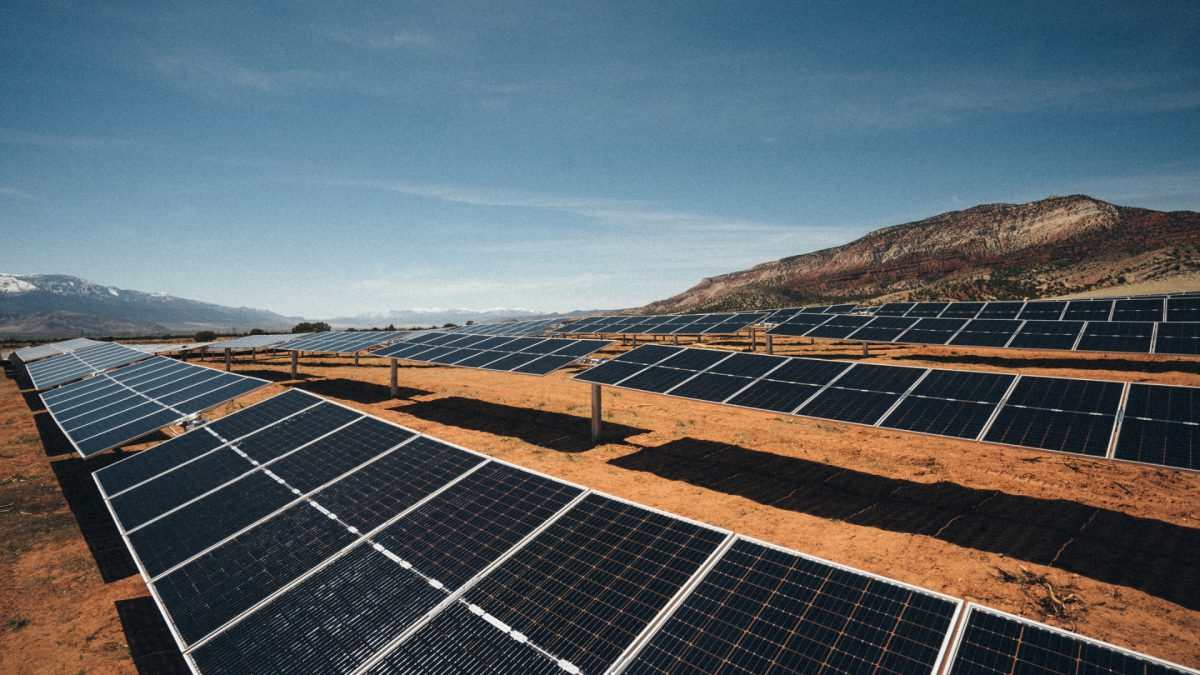As the solar industry continues to expand, the challenge of installing solar trackers on non-flat terrain has become increasingly prominent. Traditional straight torque tube trackers often require variable foundation heights on uneven ground, leading to increased costs by 10-20%.
To address these challenges, innovative solutions like Nevados’ All Terrain Tracker™ have been developed. This system is designed to adapt to natural landscapes, accommodating slope changes of up to 26% at each foundation, thereby eliminating the need for extensive land grading. This approach not only preserves the environment but also simplifies stormwater management and reduces construction costs.
By embracing such advanced tracking technologies, the solar industry can overcome the challenges posed by non-flat terrains, leading to more efficient and sustainable energy production.
For a comprehensive analysis of these challenges and potential solutions, you can read the full article here: https://energycentral.com/c/cp/solar-tracker-challenges-non-flat-terrain


